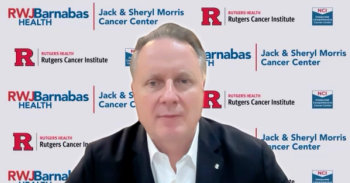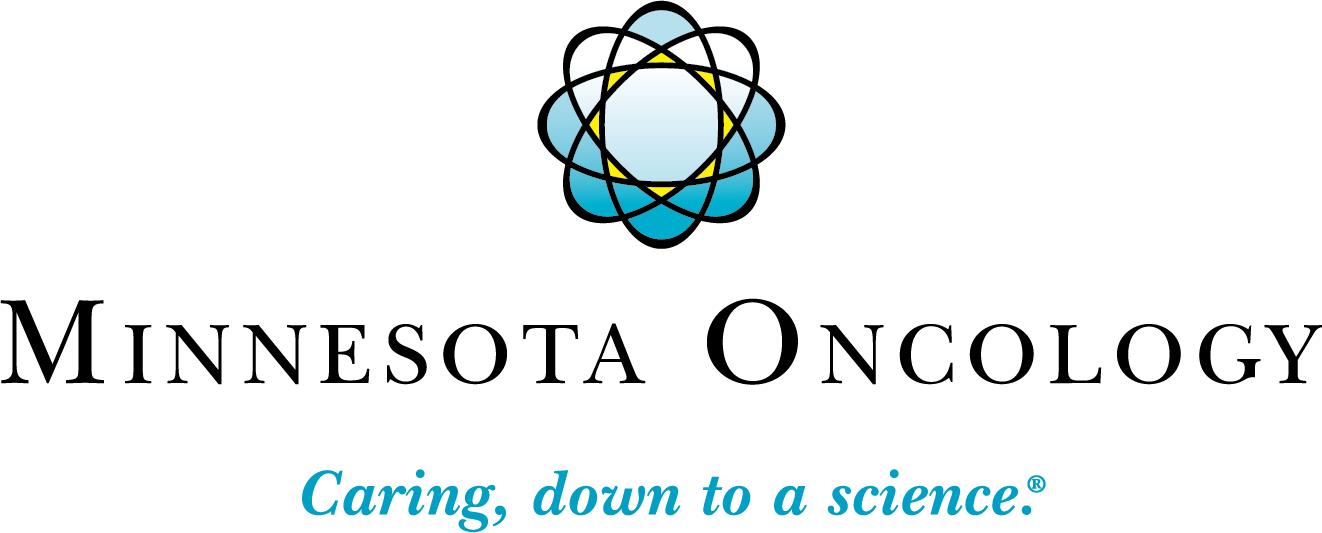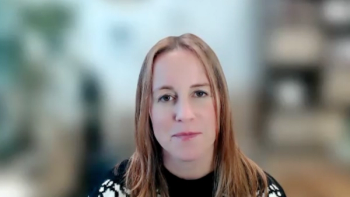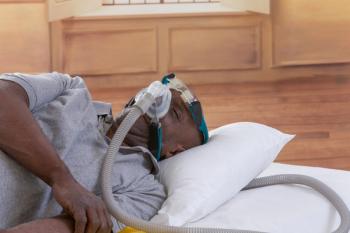
Digitizing NCCN Guidelines Could Improve Enrollment in Clinical Trials: Eric Lander, MD

Making clinical trials easier to find for clinicians and making protocols for entering clinical trials more lenient can help to improve access to clinical trials on a national and local level, explains Eric Lander, MD, of Minnesota Oncology.
Eric Lander, MD, site research leader at Minnesota Oncology, spoke with The American Journal of Managed Care® after participating in the
In this video, Lander speaks about methods to improve access and enrollment in clinical trials to match the National Comprehensive Cancer Network (NCCN) guideline that recommends clinical trials for treatment of patients with cancer.
This transcript has been edited for clarity; captions were auto-generated.
Transcript
Can you talk about how those organizing clinical trials can align enrollment with NCCN guidelines?
There's a lot of ideas I have to try to make clinical trials more accessible, because we all know, practicing clinicians in the community and academics know, that they are the preferred treatment option for patients. It's the only way that we're able to advance our field. There [are] a lot of ways we could answer this question. On the national level, I think there's a lot of room for improvement, to improve access to clinical trials. Part of the issue is provider awareness. As it currently stands, NCCN guidelines are in a PDF format. One idea I had was, could these not be then digitized into algorithms online, so that if you as a provider in New Jersey or Minnesota log in to the NCCN, you can then go to guidelines.
As it shows clinical trials as a preferred option, let's say, for HER2-positive breast cancer, you can click on the trials button and it [would] take you to, for your region, clinical trials that are open for your patients. Because, as it currently stands, we have to hunt around on clinicaltrials.gov or other local mechanisms to try to find studies for patients. But it can be cumbersome for a busy clinician. If you had a way, as you're researching the guidelines, to see okay, this is actually an option potentially for my patient [and] here's the person I contact to accrue, that would really be a game changer, especially for patients who are a little bit later in their treatment course. There [are] things like that that could be done nationally.
I believe that decentralizing clinical trials will become an increasingly important topic to expand access to rural communities, which, if we're trying to improve patient outcomes, is extremely important. Then on the local level, there's a lot of things that we're trying to do to improve access to clinical trials. Our providers in Minnesota Oncology are very engaged in research and very supportive of research for our patients. However, even so, it can just be difficult, if you're a busy provider, to engage in research, so trying to make mechanisms locally to enroll easier, and again, find[ing] studies for patients on the local level as easy as possible continues to be something we improve upon.
But then the flip is also true, making trials actually accessible to the real-world population, I fully understand why there are some limitations to patient enrollment on clinical trials. For example, bilirubin cut offs, creatinine cut offs, though I think sometimes these things are a little overly restrictive and don't necessarily make perfect clinical sense, especially in late phase studies where we've already demonstrated some initial safety signals. Could we not expand ECOG [Eastern Cooperative Oncology Group] performance status criteria for patients getting maintenance immunotherapies on study? We probably could, yet the vast majority of studies are still written for ECOG 0 to 1, which in the community setting isn't always the case. Writing the protocols to be a little more lenient in terms of the ability to capture more patients that we see in the real-world setting will better reflect the efficacy of the drug, but also better be able to offer those treatments for patients.
Newsletter
Stay ahead of policy, cost, and value—subscribe to AJMC for expert insights at the intersection of clinical care and health economics.













































